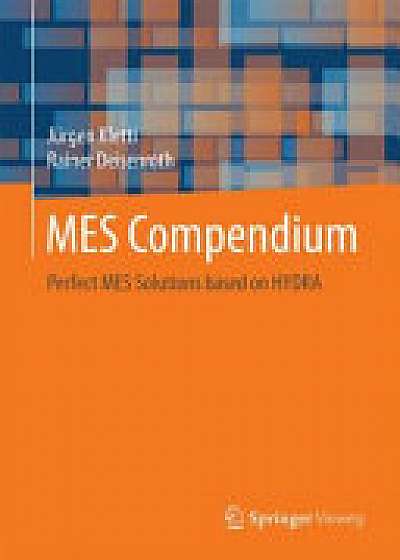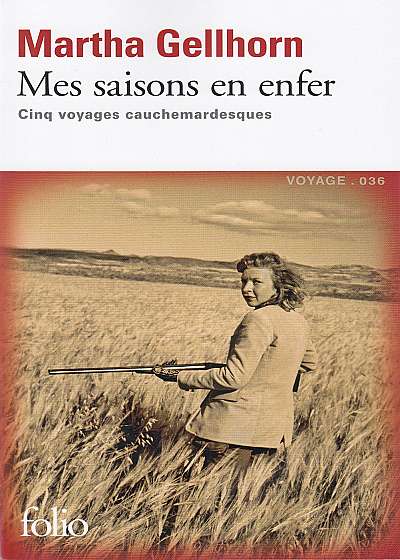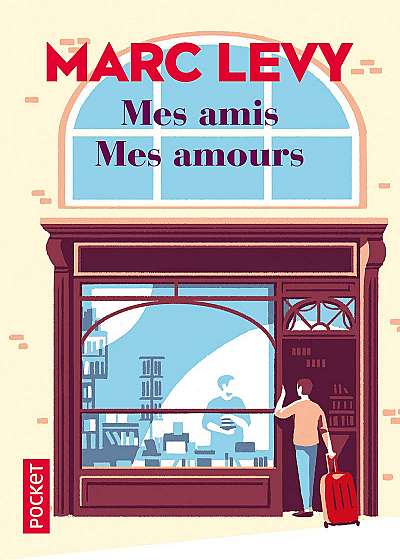
Mes Lietuviai: A History of the Waukegan-Lake County, Illinois Lithuanian American Community, Paperback/Robert Bakshis
Descriere
Description Mes Lietuviai (We are Lithuanians) chronicles the growth of the Lithuanian American Community of Waukegan-Lake County from its foundation in 1891 through 2018. In 1891 Domininkas Norkevi ia-Norkus came to Waukegan from Chicago on foot to work at the newly opened Washburn and Moen steel factory. Soon afterwards he was joined by other Lithuanians. A vibrant community quickly formed around St. Bartholomew Church and the Lithuanian Hall on the south side of Waukegan, IL. Businesses and services developed to serve the needs of the new immigrants; and many social organizations provided opportunities to celebrate Lithuanian traditions. The community maintained its ties to Lithuania and has been active in supporting the nation of Lithuania's struggles to achieve and remain independent. Lithuanian immigrants supplied labor to support America's burgeoning industrial growth in the early 1900's; soldiers, sailors, and airmen for the military; and highly skilled and educated workers for a modern economy. Three waves of immigrants are discussed: Early Economic Immigrants, Post-WWII Displaced Persons, and the Lithuanian American Community that developed after Lithuanian independence from the Soviet Union in 1990. Each wave produced leaders that preserved Lithuanian culture, promoted Lithuanian independence, and became a part of the American fabric. The influence of the Waukegan-Lake County community extends nationally. Many notable personalities became well known entertainers, athletes, and celebrities. The Catholic faith was important to the community. The community built St. Bartholomew Church in the early 1900's and then rebuilt the church forty years later following a devastating fire. St. Bartholomew School was the second Lithuanian school in the Chicago area and the third in America to be staffed by the newly formed Sisters of St. Casimir. From the community fifteen men and sixteen women entered the religious life. Originally based at St. Bartholomew Church, the Li





